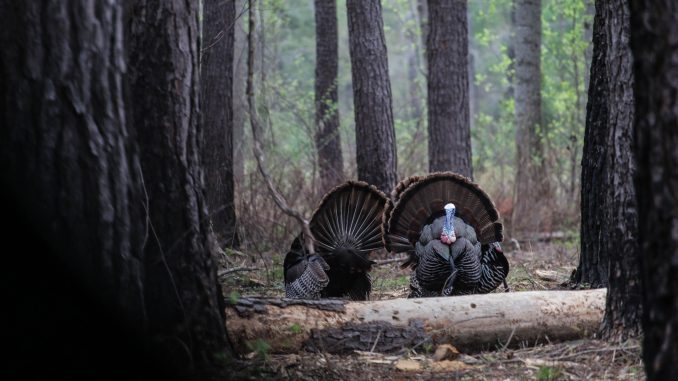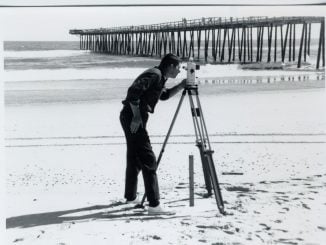
ASHEBORO – Wild turkey season is underway in North Carolina and hunters around the state are enjoying the fruits of a thriving population of the bird that Benjamin Franklin called one of courage and a true original native of America.
According to Christopher Kreh, an upland game bird biologist with the N.C. Wildlife Resources Commission, the state’s “restoration efforts first began in the 1920s, evolved through time, but have never really ceased completely.” Since the state stopped releasing new birds into the wild in 2005, the Old North State’s overall flock has grown to more than 260,000 birds from just 2,000 wild birds in 1970. This growth has occurred while annual takes of wild turkeys have exceeded 15,000 each of the past four years, with over 120,000 birds harvested in the past decade.Those efforts have led to happy hunters around the state like Josh Pelletier of Pitt County, who said 2017’s wild turkey season “has started off really well in Martin, Edgecombe, Pitt and Halifax counties” where he hunts. Pelletier said a late cold snap in February halted early nesting and has gobblers on the prowl at just the right time for the statewide spring season that began on April 1 for youth hunters and extends through May 6.
North Carolina’s wild turkeys range from Murphy to Manteo, but our neighbors in Dare County took just one wild turkey in 2016, the fewest of any county. Other coastal plain counties like Pender, Bladen and Duplin each had more than 400 turkeys harvested. Across the state, 16 counties had 300 or more turkeys harvested in 2016. North Carolina wildlife laws allow only male turkeys, or toms, be harvested. Mature males are gobblers and immature males are called jakes.
“The majority of turkeys are harvested within the first hour or two of daylight,” said Pelletier, who leads hunts for Combat Warriors Inc., a nonprofit that focuses on outdoor activities for active and retired military. But early afternoon hunting can pick up later in the season once more females are on the nest and males must search harder for mates. “If you get a lone tom to answer you in a bottom or on a field edge during midday, chances are you’ll be toting him back to the truck in short order,” said Pelletier.
For hunters who want to begin the search for a North Carolina gobbler, a shotgun is essential because pistols, rifles and black powder rifles are prohibited. Baiting is not allowed, and the use of electronic or recorded calls are also off-limits. One item that many hunters are now accustomed to wearing blaze orange hats or outerwear is not required for wild turkey hunting since the turkeys must be taken at relatively close range and they are able to distinguish the bright orange color unlike other big game.
In the equipment category, Pelletier recommends a 12-gauge shotgun with an aftermarket choke tube. He hunts with a Browning Maxus semi-automatic shotgun paired with a Federal 3rd Degree load that is a mix of 5, 6 and 7 shot.
“There are many types of turkey ammo out there that can get the job done,” he added.Beyond the lethal technology, he said a good turkey vest and a good seat are essential equipment for a successful and comfortable hunt because “the more comfortable you are, the less you move, and the more likely you are to wait out an old stubborn tom.”Once you’ve bagged your prize, Pelletier said there are many ways to prepare your bird. His favorite is buttermilk-soaked, fried filets of the turkey breast.”Shew, that’s hard to beat.”



